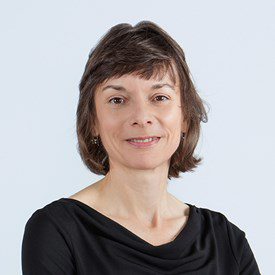ETHZ's Spaldin wins 2022 EPS Europhysics Prize for outstanding achievement in condensed matter physics
By Carey Sargent, EPFL, NCCR MARVEL
Given in recognition of a prominent and well-identifiable discovery, breakthrough, or contribution to condensed matter physics, the 2022 EPS Europhysics Prize for Outstanding Achievement in Condensed Matter Physics has been awarded since 1975 and is one of Europe’s most prestigious prizes in the field. It will be presented on during the August 24th, 2022 Awards Session of the 29th General Conference of the EPS Condensed Matter Division, being held in Manchester, UK.
Though the appeal of combining magnetism and ferroelectricity, two fundamentally interesting and technologically important phenomena, into a single material had motivated studies of multiferroics—materials that do just that—these investigations were hampered by an absence of materials and little understanding of why they were hard to find. Spaldin’s landmark 2000 paper "Why are there so few magnetic ferroelectrics?" advanced the field by identifying the basic physics behind the contraindication between magnetism and ferroelectricity, and proposing approaches to overcoming it.
Reference:
Nicola A. Hill. Why Are There so Few Magnetic Ferroelectrics? J. Phys. Chem. B 2000, 104, 29, 6694–6709.
https://doi.org/10.1021/jp000114x

Low-volume newsletters, targeted to the scientific and industrial communities.
Subscribe to our newsletter